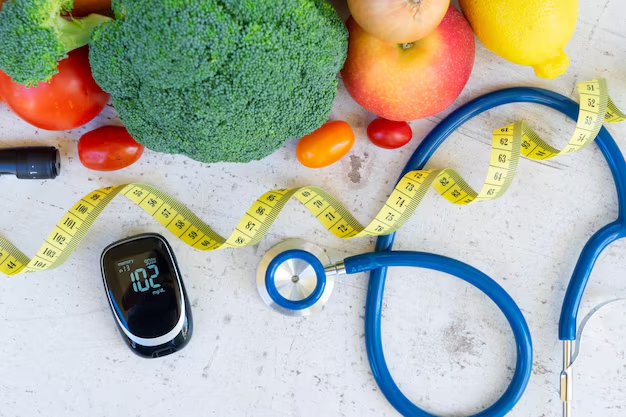Can Diabetics Safely Enjoy Bananas? Here's What You Need to Know
For individuals managing diabetes, understanding the impact of food on blood sugar levels is paramount. Bananas, a popular and widely consumed fruit, are often viewed with skepticism by those with diabetes. But should they be avoided, or can they be part of a healthy diet? Let's peel back the facts.
Are Bananas a Good Choice for Diabetics?
Bananas possess numerous health benefits, essential vitamins, and minerals. They're rich in fiber, which can help moderate blood sugar levels. As with all fruits, the sugar content in bananas raises questions, especially regarding their glycemic index (GI).
The Glycemic Index of Bananas
- Low to Moderate GI: Bananas generally have a GI of 42 to 62, depending on ripeness. For some context, foods with a GI under 55 are considered low-GI foods, which are gentler on blood sugar levels.
- Ripeness Matters: A green banana has less sugar and a lower GI than an overripe one, as the carbohydrate content changes from resistant starch to sugar as it ripens.
The Nutritional Profile Tout
- Fiber-Rich: With about 3 grams of fiber in a medium-sized banana, the fruit can aid digestion and help stabilize blood sugar spikes post-consumption.
- Packed with Nutrients: Bananas offer essential nutrients like vitamin C, vitamin B6, and potassium, which support overall health.
How Diabetics Can Safely Include Bananas
To enjoy bananas without compromising blood sugar levels, consider the following tips:
- Portion Size: A smaller banana has fewer carbohydrates, making it a better choice for keeping blood sugar levels in check.
- Combine with Protein or Healthy Fats: Eating a banana with a protein source like Greek yogurt or a healthy fat like nuts can help slow absorption of sugars.
- Timing It Right: Consuming bananas alongside a balanced meal rather than as a standalone snack may minimize blood sugar spikes.
Exploring Nutritional Alternatives for Diabetics
While bananas can be safely included in a diabetic diet, diversifying fruit choices and focusing on lower-GI options offers a broader nutritional spectrum.
- Berries: Low in sugar, high in fiber, and full of antioxidants.
- Apples: Convenient and pair well with proteins like cheese for a balanced snack.
- Pears: Another fiber-rich choice that's sweet but less likely to spike blood sugar levels.
Emphasizing Financial and Educational Support for Health Management
Navigating a diabetic-friendly diet can sometimes come with financial constraints, especially when it comes to accessing quality health foods or education about disease management. Exploring financial aid, educational grants, and credit solutions can ease the burden.
📋 Resource Checklist for Financial and Educational Support:
👩⚕️ Government Health Aid Programs
- Assistance for medical care and prescriptions can be pivotal for managing diabetes effectively.
📚 Educational Grants and Scholarships
- Explore opportunities for further education on nutrition and diabetes management to empower self-management of the condition.
💳 Credit Card Solutions for Medical Expenses
- Look into credit options with lower interest rates specifically designed for covering medical and health-related expenses.
🏦 Debt Relief Options
- Programs that help reduce or manage existing medical debt can offer peace of mind.
With mindful consumption and a strategic approach to financial resources, those living with diabetes can enjoy bananas and broader dietary choices without compromising their health objectives. Accessing the right support systems can make all the difference in achieving long-term dietary and financial well-being.
